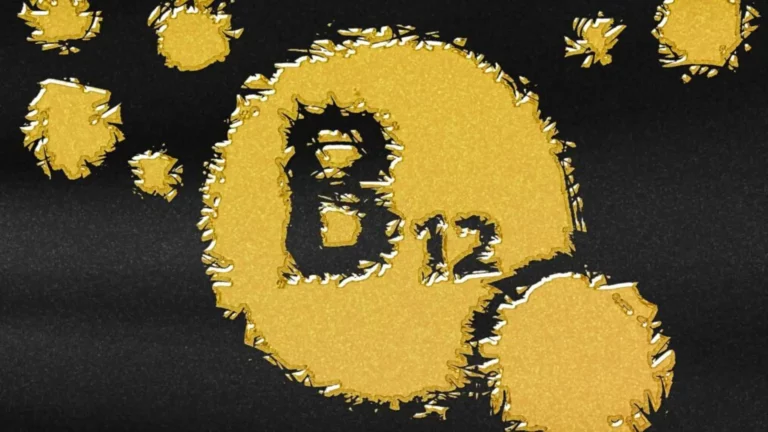The Recurrent Branch of the Median Nerve: Unraveling its Significance and Clinical Implications

In the intricate tapestry of the human body’s nervous system, the median nerve stands as a crucial component, responsible for innervating the muscles and conveying sensory information from the hand and forearm. However, within this intricate network lies a lesser-known yet remarkable branch – the recurrent branch of the median nerve. This anatomical feature has captured the attention of medical professionals and researchers alike, unveiling a realm of potential implications for diagnosis, treatment, and overall patient care.
The median nerve, a branch of the brachial plexus, emerges from the axilla (armpit) and traverses the length of the arm, ultimately dividing into several branches in the forearm and hand. As it descends through the arm, the median nerve gives rise to a unique offshoot known as the recurrent branch. This branch takes an unexpected path, looping back proximally and providing innervation to a specific group of muscles collectively referred to as the deep forearm flexors.
The deep forearm flexors, comprising the flexor digitorum profundus, flexor pollicis longus, and pronator quadratus muscles, play a crucial role in facilitating various movements of the hand and fingers. These muscles are responsible for flexing the fingers and thumb, as well as enabling the rotational movement of the forearm known as pronation. Without proper innervation from the recurrent branch of the median nerve, these essential functions would be compromised, leading to significant impairments in dexterity and hand coordination.
While the presence of the recurrent branch may seem like a mere anatomical curiosity, its significance extends far beyond its intrinsic structure. In clinical practice, understanding the recurrent branch’s course and function is crucial for diagnostic purposes and therapeutic interventions.
One area where the recurrent branch has garnered considerable attention is in the field of nerve conduction studies. These non-invasive tests are routinely employed to evaluate the integrity and function of peripheral nerves, aiding in the diagnosis of conditions such as carpal tunnel syndrome, cubital tunnel syndrome, and other neuropathies. By specifically assessing the conduction velocity and amplitude of the recurrent branch, healthcare professionals can gain valuable insights into the overall health and functionality of the median nerve.
Furthermore, the recurrent branch plays a pivotal role in the management of certain surgical procedures involving the median nerve. For instance, in cases of carpal tunnel release or other procedures requiring decompression or repair of the median nerve, careful consideration must be given to preserving the integrity of the recurrent branch. Inadvertent injury or damage to this branch during such procedures can result in debilitating functional impairments, underscoring the importance of meticulous surgical technique and a comprehensive understanding of this anatomical structure.
In addition to its clinical significance, the recurrent branch of the median nerve has garnered attention from researchers exploring novel therapeutic approaches and interventions. One such area of investigation involves the use of nerve flossing techniques, which aim to alleviate compression and improve nerve mobility. In this context, the “floss median nerve” approach specifically targets the recurrent branch, employing gentle mobilization techniques to enhance nerve gliding and potentially reduce symptoms associated with nerve entrapment or compression.
The premise behind nerve flossing is to optimize the sliding and mobility of nerves within their surrounding tissues, alleviating adhesions or restrictions that may contribute to nerve impingement or dysfunction. By targeting the recurrent branch of the median nerve, practitioners can potentially address issues related to the deep forearm flexors and associated movements, offering a non-invasive and conservative approach to symptom management.
While the efficacy of nerve flossing techniques remains an area of ongoing research and debate, the exploration of such interventions highlights the growing recognition of the recurrent branch’s importance in overall nerve health and function.
Beyond its role in clinical practice and therapeutic interventions, the recurrent branch of the median nerve also holds significance in the realm of anatomical education and training. For medical students, healthcare professionals, and surgeons, a comprehensive understanding of this anatomical structure is essential for developing a thorough grasp of nerve anatomy, function, and potential pathologies.
Through detailed dissections, cadaveric studies, and advanced imaging techniques, the intricate course and branching patterns of the recurrent branch can be explored and analyzed, providing valuable insights into its relationships with surrounding structures and potential sites of compression or entrapment.
Moreover, the recurrent branch serves as a prime example of the complexity and adaptability of the human nervous system. Its unique course and innervation pattern challenge our traditional understanding of nerve anatomy, inspiring further investigation into the evolutionary and developmental factors that shape such intricate anatomical features.
As medical knowledge and technology continue to advance, the significance of the recurrent branch of the median nerve is likely to become even more pronounced. With the advent of novel diagnostic tools, surgical techniques, and therapeutic interventions, a deeper understanding of this anatomical structure may unlock new avenues for patient care and the management of conditions affecting the hand, forearm, and peripheral nerves.
In conclusion, the recurrent branch of the median nerve, though often overlooked, plays a pivotal role in the intricate workings of the human body. Its unique course and innervation of the deep forearm flexors make it an essential component in facilitating various movements of the hand and fingers. Furthermore, its clinical implications extend to nerve conduction studies, surgical procedures, and the exploration of novel therapeutic approaches like nerve flossing.
As researchers and healthcare professionals continue to unravel the mysteries of the nervous system, the recurrent branch of the median nerve stands as a testament to the intricate designs and adaptations that nature has crafted. By embracing a comprehensive understanding of this anatomical feature, we can unlock new avenues for diagnosis, treatment, and ultimately, improved patient care.





